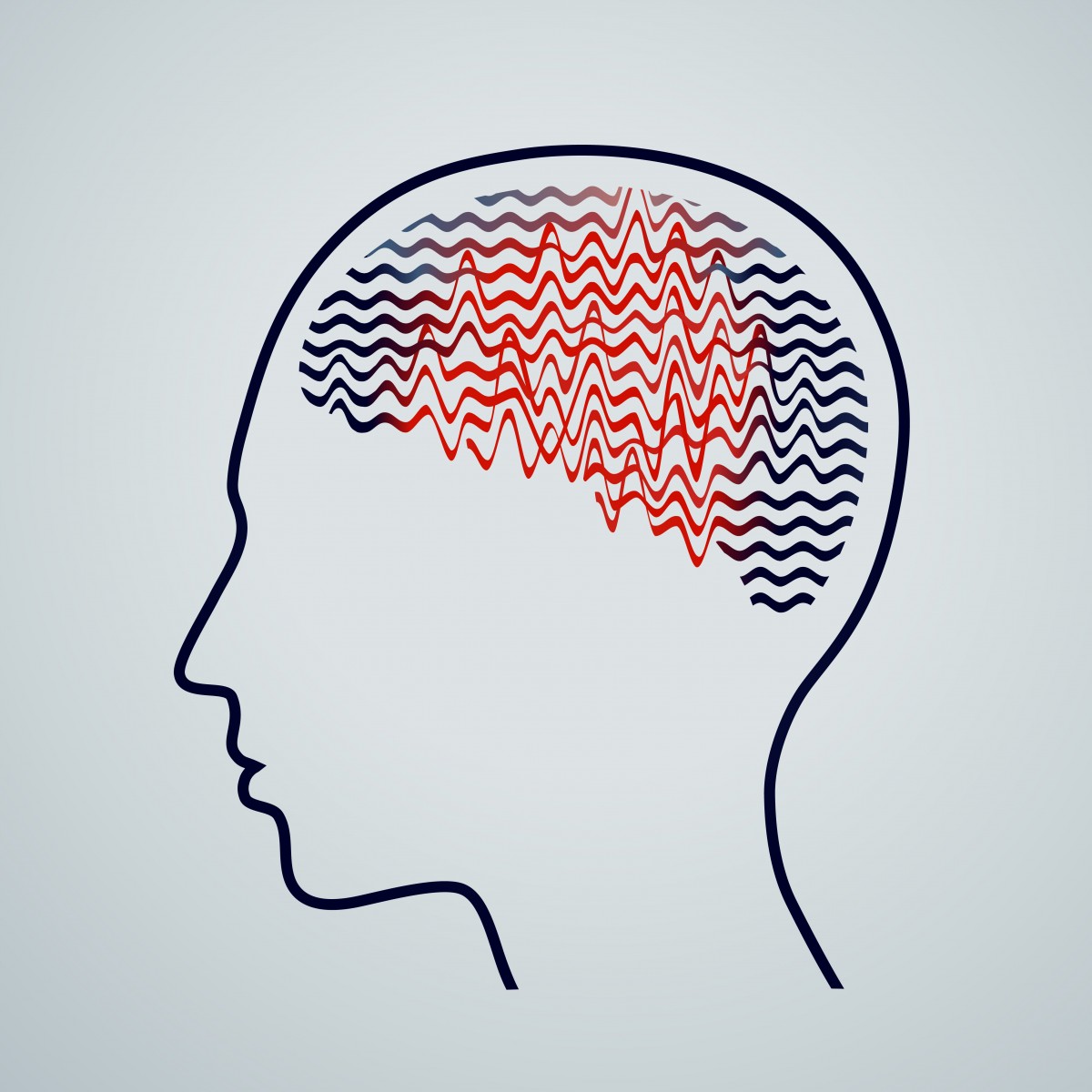Brain Electrical Activity Can Help Evaluate Learning Skills in Nonverbal Angelman Patients

Nonverbal Angelman syndrome patients can learn new information by exposure to repeated auditory stimuli, a new study shows. Measuring brain electrical activity can help evaluate patients’ auditory learning and memory capacity.
The study, “Feasibility of using auditory event-related potentials to investigate learning and memory in nonverbal individuals with Angelman syndrome,” was published in Brain and Cognition.
Speech is a major impairment in most Angelman patients, with many unable to formulate simple sentences. Their capacity to understand a message — called receptive communication skills — is also significantly delayed, although it can improve with age.
Treatments targeting Angelman’s cognitive features are limited, partially because of a lack of appropriate tools to test their efficacy.
Standard methods currently used to assess the development of infants, such as the Bayley Scales of Infant Development, are very difficult to apply in Angelman syndrome because of patients’ intellectual, communication and motor deficits.
These tests can underestimate Angelman patients’ abilities, making it difficult to detect improvement after an intervention.
Researchers at Vanderbilt University Medical Center developed a test to evaluate auditory learning and memory capacity in nonverbal Angelman patients.
The team enrolled 15 Angelman patients (four female and 11 male), ranging from 4 to 45 years old (mean age 14.42 years). A group of 15 typically developing, age-matched individuals served as a control group.
Both groups were given an auditory incidental memory task that tested participants’ ability to remember information that they were exposed to in the background while doing something else. Participants were told they would “hear the computer say some words,” but no explicit attention or behavioral responses were necessary.
Participants had continuous access to their preferred comfort or entertainment items. A TV show without sound served as the visual distracter, while a speaker positioned behind the participant was reproducing the auditory stimuli.
Stimuli included 51 novel single-syllable nonwords. One of the nonwords was repeated 50 times throughout the session, while the remaining stimuli were presented once. Each experiment lasted approximately six minutes and was composed of 100 trials. Each trial comprised a set of 50 repeated and 50 single-presentation stimuli displayed at an interval of 1,300-1,600 milliseconds to prevent habituation.
Brain function was monitored using electroencephalography (EEG) — a non-invasive technique that consists of the placement of electrodes on a person’s scalp to record electrical activity (event-related potential, or ERP) upon stimuli. ERPs reflect neural activity in the brain cortex, one of the most affected areas in Angelman syndrome, and consist of tiny electrical responses that occur at a certain temporal window size, measured in milliseconds (ms).
Caregivers were also asked to evaluate patients’ socialization and communication skills, using the Parent/Caregiver Rating Form of the Vineland Adaptive Behavior Scales-3. The reports showed that both domains were severely compromised, despite socialization skills scoring higher than those linked with communication.
Concerning the auditory incidental memory task experiment, Angelman patients presented a similar retention rate of single nonwords and repeated nonwords. The same was observed in the control group, although at higher rates than the Angelman group. The number of retained trials was positively associated with age of the participant since it is described that, to some extent, receptive communication improves with age.
Researchers noted a strong presence of delta waves — normally referred in an EEG as slow wave activity — in the auditory ERPs recorded in the Angelman group, but not in the typical participants.
However, no other significant differences were observed in ERP responses between individuals with Angelman syndrome and control groups, with repeated nonwords evoking a more positive response in the 200-500 ms window compared to stimuli heard only once.
This suggests that the basic neuronal process supporting experience-dependent learning and memory is functional in Angelman patients.
“Our results indicated that incidental memory for novel auditory speech stimuli following repeated exposure in a stream of continuously changing distracters can be detected in the ERPs of unsedated children and adults with [Angelman syndrome],” researchers wrote.
Finally, a higher incidental memory response was associated with higher standard scores of the caregivers’ reports on the communication domain.
Overall, these results show that “persons with [Angelman syndrome] actively engage with their auditory environment, attend to the spoken stimuli, and are capable of learning new information by hearing it during a brief period of time, even in the absence of concurrent visual cues or explicit instructions to remember the stimuli,” researchers stated. “Our findings support the utility of brain-based measures for evaluating information processing in nonverbal persons with neurodevelopmental disorders.”






